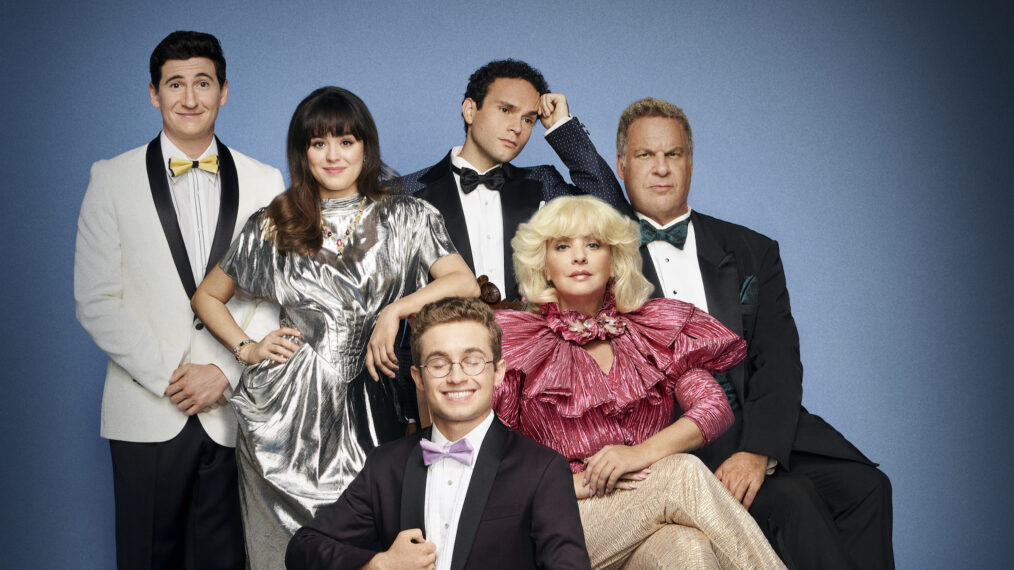
I don’t watch much primetime television, which is why I’m often shocked when I hear some show I barely knew existed is coming to an end after a long run. Example: ABC just announced its sitcom “The Goldbergs” will air its series finale this spring after ten years on the air. I don’t think I’ve ever even seen a promo for that show.
Earlier this week, I drove past a 7/11 gas station with signs saying a gallon costs $9.99. That seemed odd, considering all the competitors are selling fuel for so much less. Oh, wait, the place isn’t open yet. They’re just testing the sign. It reminded me of a story from 2012 when someone at the Rio in Las Vegas snapped a photo of a roulette table with a display screen that made it look like the ball had landed on the number 19 seven times in a row. I wrote a piece at the time explaining why it was not only mathematically unlikely, but there was a much easier explanation — management was testing new equipment and no actual betting had taken place. But as for the gas station, if you want to attract future customers, why not test your new signs with smaller numbers rather than make people think you’re gonna charge too much?
My absolute favorite improvement in customer service in recent years comes from companies that will call you back instead of making you wait on hold for something like 26 minutes. Just two examples: Southwest Airlines and the company that I get CPAP equipment from. Since it’s not an emergency, I can wait patiently for the callback. Sure beats listening to that same boring hold music on a loop, regularly interrupted by a click and pause that make you think a human being has picked up. But instead, you get the recorded message, “Your call is very important to us. Someone will be with you shortly.” Even George Santos knows that’s a lie.
Why is it that before you put on bug spray, you don’t feel any insects landing on you, but as soon as you apply it, you’re sure there’s a gnat convention in town and your skin is the only item on their breakfast buffet?
